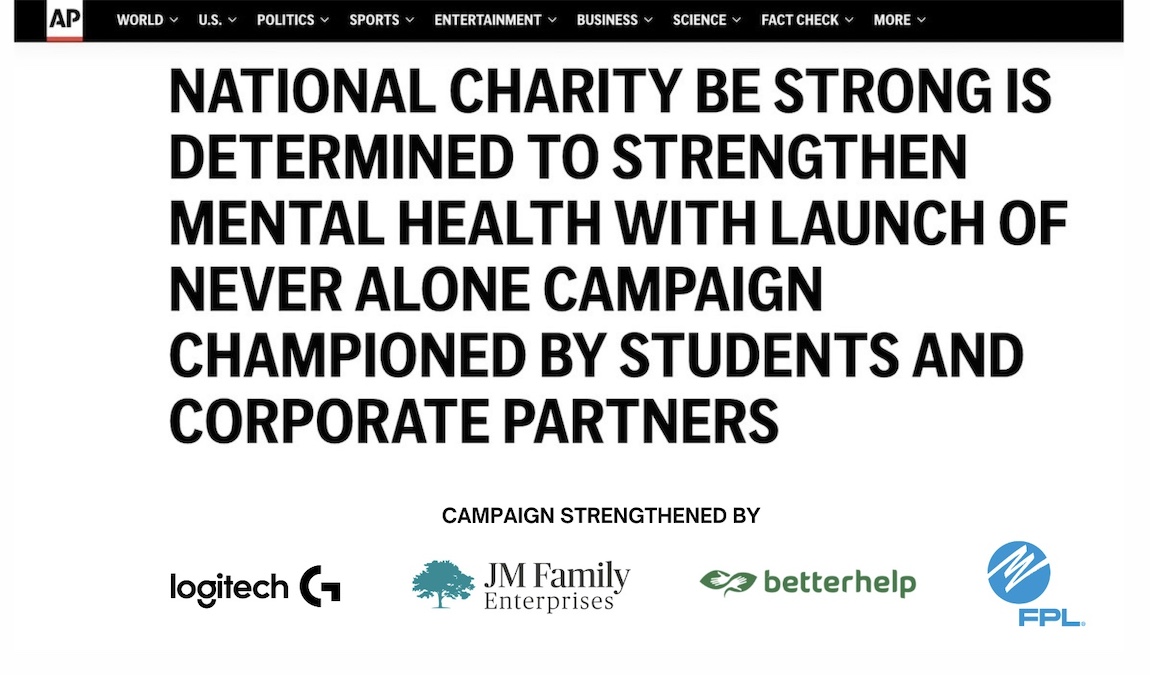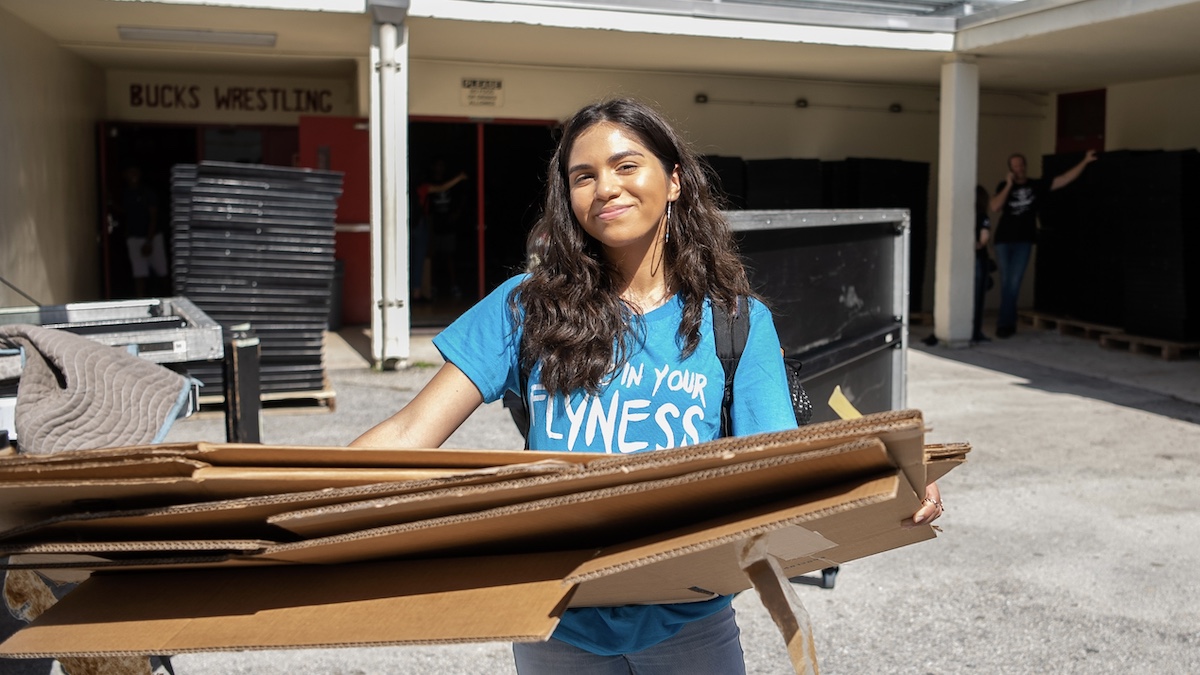The suicide of a student can leave a school faced with grieving students, distressed parents and school staff, media attention, and a community struggling to understand what happened and why. In this situation, schools need reliable information, practical tools, and pragmatic guidance to help them protect their students, to communicate with the public, and to return to their primary mission of educating students.
In 2011, the American Foundation for Suicide Prevention (AFSP) and the Suicide Prevention Resource Center (SPRC) produced After a Suicide: A Toolkit for Schools to assist schools in the aftermath of a suicide in the school community. This second edition includes updated information and new material.
This toolkit reflects consensus recommendations developed in consultation with national experts, including school- based administrators and staff, clinicians, researchers, and crisis response professionals. It provides guidance and tools for postvention, a term used to describe activities that help people cope with the emotional distress resulting from a suicide and prevent additional trauma that could lead to further suicidal behavior and deaths, especially among people who are vulnerable.
This resource was developed primarily for administrators and staff in middle and high schools, but it can also be useful for parents and communities. Although some of the guidance can be used by schools serving other age groups, the developmental differences between students in elementary, middle, and high school, and college must be taken into account when using the toolkit to respond to a death in a school.
After a Suicide focuses on how to respond in the immediate aftermath of a suicide death of a student. Ideally, schools should have a crisis response and postvention plan in place before a suicide occurs. That will enable staff to respond in an organized and effective manner. But whether or not a school has such a plan, this toolkit contains information schools can use to initiate a coordinated response. For information on developing protocols for responding to a suicide, see Chapter 3 in Preventing Suicide: A Toolkit for High Schools.
The following principles have guided the development of the toolkit:
- Schools should treat all student deaths in the same way. Having one approach for a student who dies of cancer (for example) and another for a student who dies by suicide reinforces the negative association that often surrounds suicide and may be deeply painful to the deceased student’s family and close friends.
- Adolescents are vulnerable to the risk of suicide contagion, that is, when a struggling student experiences the loss of another student to suicide and becomes at greater risk. Therefore, it is important not to inadvertently simplify, glamorize, or romanticize the student or his or her death.
- Adolescents are also resilient. With the proper information, guidance, and support from school staff, students can learn to cope with the suicide of a fellow student, process their grief, and return to healthy functioning.
Suicide has multiple causes. However, a student who dies by suicide was likely struggling with significant concerns, such as a mental health condition that caused substantial psychological pain even if that pain was not apparent to others. But it is also important to understand that most people with mental health conditions do not attempt suicide.
Click here to download After a Suicide: A Toolkit for Schools
For information on the Model School District Policy on Suicide Prevention by the NASP, ASCA, AFSP & the Trevor Project, click here.






